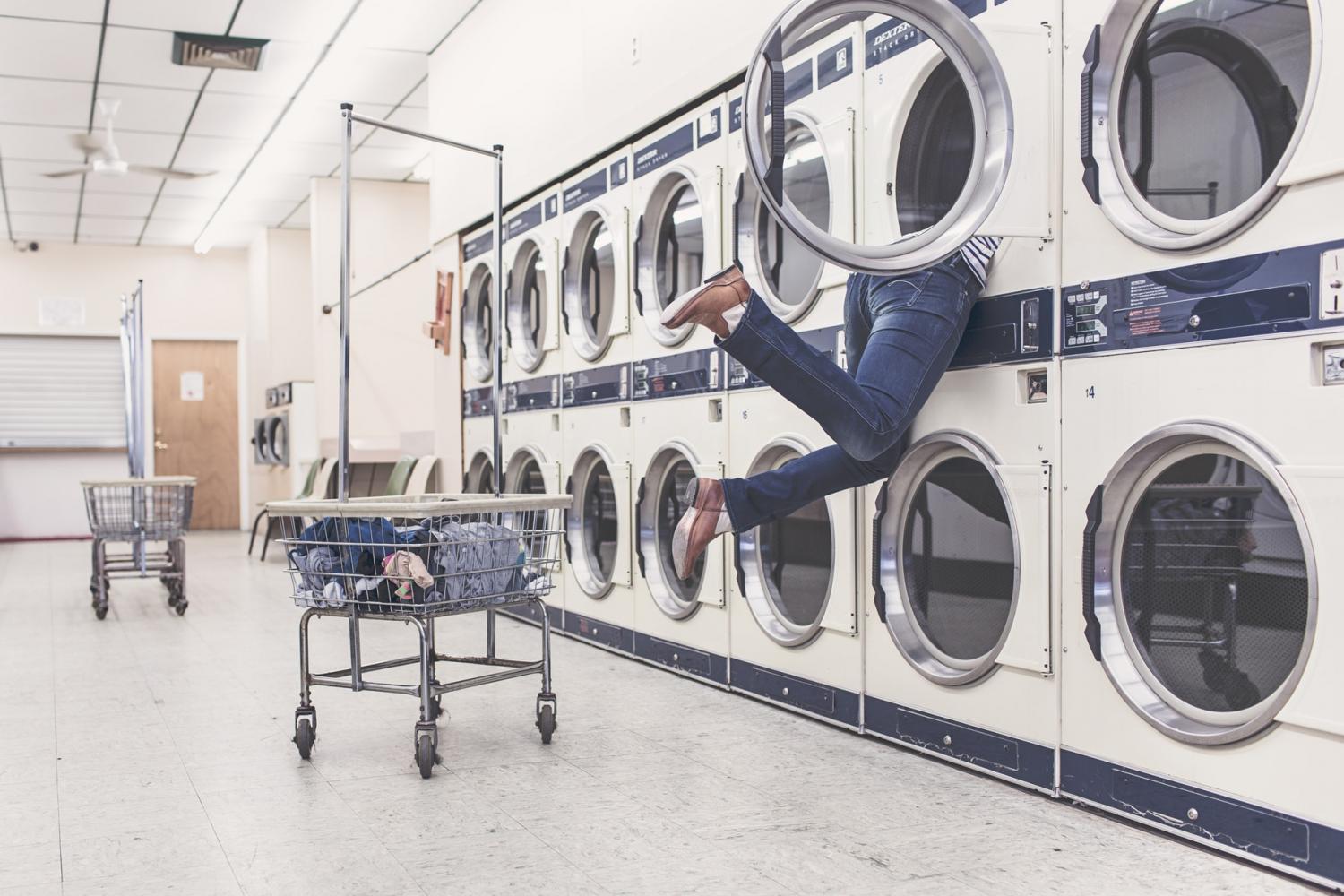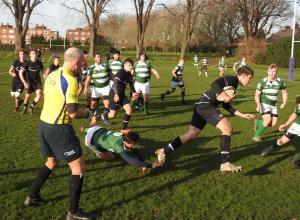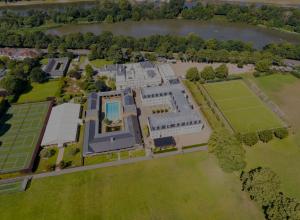
It is about this time of year that GCSE students start to think about their Sixth Form A-Level options and in Economics we are often asked, "What do we study in Economics?". Well this month it has been very easy for us to answer this question as the current Upper Sixth are studying a well-known topic, 'Globalisation.' In this current context it would be more appropriate to say that we are studying "The retreat of Globalisation".
One story that has been the focus on many lessons has been President Donald Trump's "America First" trade policy, which aims to protect local manufacturers from foreign competition with tariffs on washing machines and solar panels.
The hope is that by raising the price of foreign imports this will make US products seem relatively cheaper and thus American production can expand. The tariffs set on solar panels were lower than domestic US producers had hoped for, but the duties on washing machines and parts were steeper than expected - adding as much as 50% in some cases, according to US documents.
The first 1.2 million imported large residential washing machines in the first year will have a 20% tariff imposed on them, while there will be a 50% tariff on machines above that number. By the third year, these will drop to 16% and 40% respectively. Figures suggest that in 2010, 1.6 million washing machines were imported to the US.
Meanwhile, the tariff increase on imported solar cells and modules in the first year will be 30%, falling to 15% by the fourth year, although 2.5 gigawatts (GW) of imported cells - enough for about 11.5 million panels - will be allowed in tariff-free annually. The ITC said that China had been selling "artificially low-priced" solar components in the US, assisted by state subsidies.
Opinions in the Harrodian Economics classroom ranged on the appropriateness of this tariff, but once again it was an opportunity to apply complex economic theory to the everyday realities of life.







